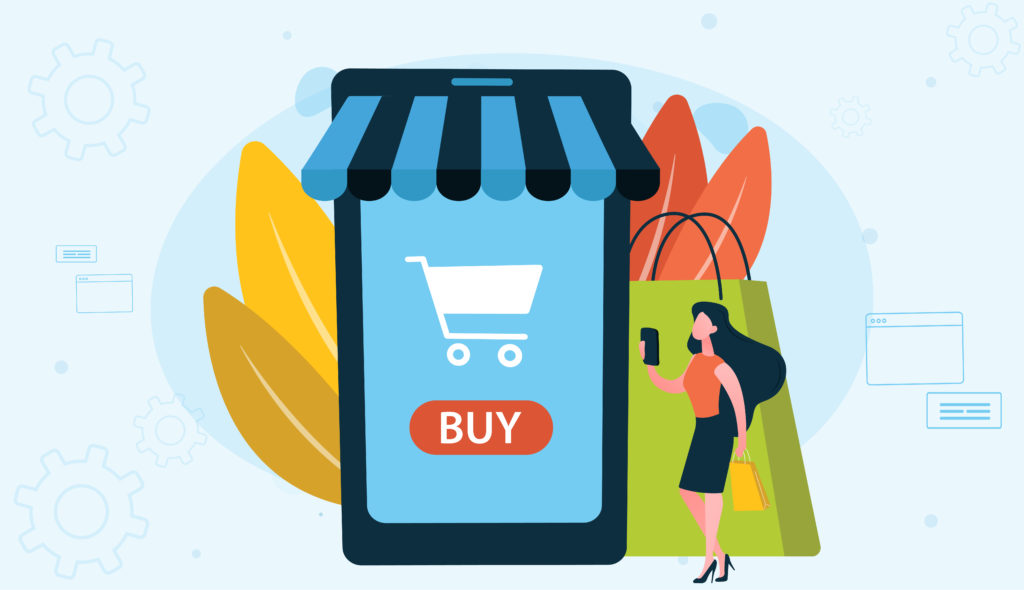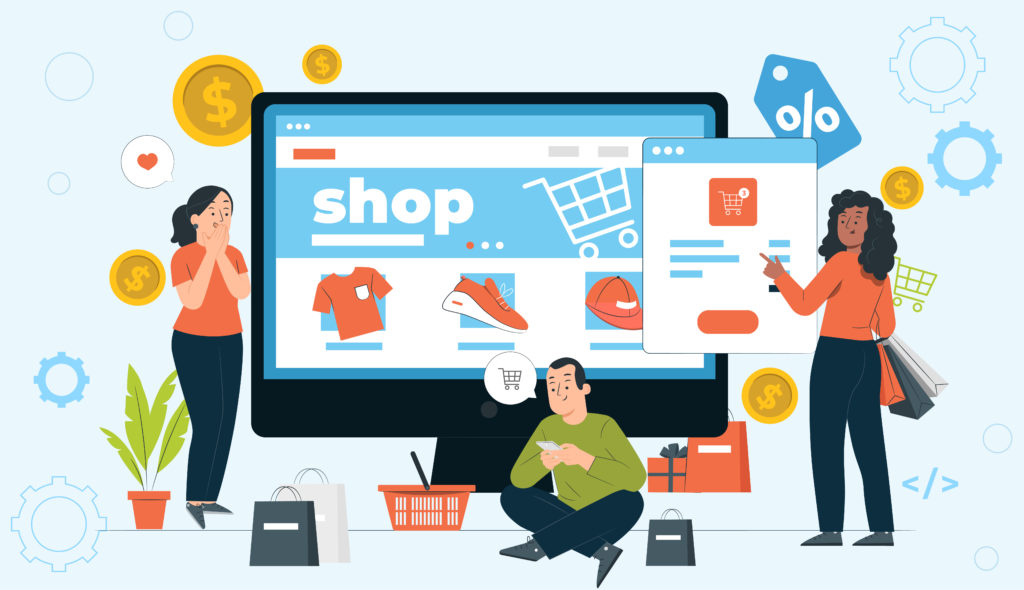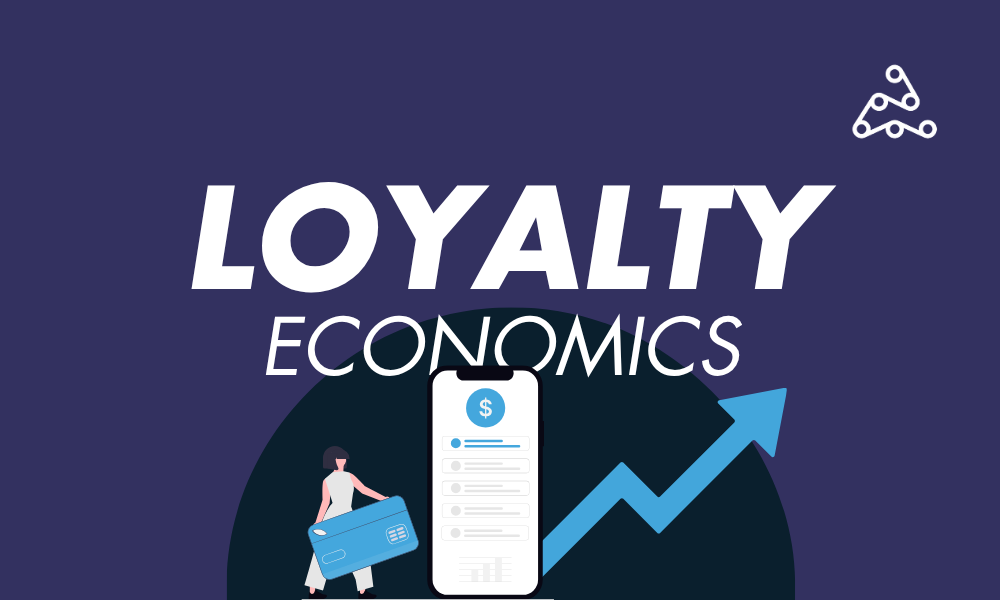Online shopping revolutionized the world of retail decades ago. It’s not a new phenomenon, but the adoption of digital channels grew even higher in the past two years. Those hesitant to adopt it finally had to, which created a new wave of opportunity. And many of those transactions were happening in a retail app instead of browsers.
The retail category has significant competition. Not just among other shopping apps but with their mobile websites. Retailers are happy to accept orders in either place, but acquiring users on an app can be much more lucrative and increase a customer’s lifetime value.
So, how do you stand out and increase downloads? What’s the secret behind boosting retail app visibility? Our experts have the answers.
A Look at Recent Retail App Data
In shaping strategies for the year ahead, it’s important to look back. Here are some data points around shopping app usage.
- By mid-2021, app usage for shopping increased by 51%.
- Time in retail apps was highest during seasonal events.
- Beyond the most prominent players in commerce, retail apps in the sub-categories grocery, peer-to-peer, and marketplace apps grew.
- On average, the conversion rate from ads was 15%.
This data confirms that mobile app adoption for shopping is here to stay. The upticks in specialized categories represent opportunities to meet consumer demand. Regarding ad performance, the category has a better than average conversion rate.
Taking these lessons, let’s look at key strategies to deploy to improve app visibility.
4 Ways to Increase Retail App Visibility

Before we venture into the good stuff, let’s define app visibility. In this connotation, we mean getting your app in front of ideal users in a prominent way that leads to user acquisition success. There are many tactics to do this, and these are the best, according to our mobile app marketing team.
Ad Content Matters: Focus on Products, Pricing, and Walkthroughs
In developing ad campaigns for retail app user acquisition, you’ll want to emphasize three points regardless of where the ads display.
Products
Group related items in visual display ads and on your app’s profile relevant to what the consumer wants. So, what products should you push? That depends on your selection. It’s easy if you only sell one thing, but that’s unlikely. You can determine what products are the best to display by:
- Looking at your data and identifying the most popular items.
- Aligning visuals to keyword campaigns (i.e., cowboy boots, NFL jerseys, etc.).
- Segmenting your ad targeting to a demographic and previewing products they need (i.e., products for new moms, furniture discounts for new homeowners, etc.).
You can customize custom product pages (CPPs) on iOS, thanks to the updates from iOS15. The ads you create for specific products can lead to these CPPs.
For an app that falls into one of the fast-growing sub-categories above, like grocery, the focus isn’t the product in most cases. Grocery stores have the same goods. The difference may be in the service they provide regarding delivery or pickup. You may find it more impactful to feature these rather than groceries.
Pricing
Make discounts prominent in your ads with the right language and design. Shoppers are always eager for great deals and promotions. By displaying this in your UA campaigns, you’ll catch the attention of those motivated by savings. It can be a crucial differentiator in why someone chooses to install your app and not the competition.
Walkthroughs
The visuals and video you provide on your app profile pages should include what the user experience (UX) is like. In fact, it may be worth demonstrating that the UX is better on your app versus shopping on a mobile browser.
A bonus tip on onboarding, which impacts user retention, is to deploy CPE (cost per engagement) campaigns immediately after download that reward users by completing a quick onboarding exercise. If they see the ease in use and the advantages of shopping on the app, they are more likely to stay.
In-App Ads Work: Lessons from SHEIN
SHEIN, a brand that offers affordable, fashionable women’s clothing, is a pandemic success story. The app realized a 12% growth in downloads, and active users increased by 24% in the first part of 2021.
The secret to their success with in-app ads is that they appeal to the demographics of their primary audience (61% of U.S. users are 16-24 years old). They also focus placement on where this cohort is likely to see them.
You can replicate that success by defining specific segments in your user base and personalizing ads. For example, you may have two distinct customer groups if you’re a leisurewear brand. One is very fitness-focused, while the other is seeking comfort. The creative behind these ad sets will be different to appeal to each segment. Again, you can customize your CPP to align with these ads on iOS.
Building Trust Online: Incentivize for More Reviews
Trust is vital between customer and brand. Before someone buys something from a new company, they often seek out reviews. It provides credibility from a third party and can certainly boost the appeal of your shopping app.
So, how do you get more reviews? One of the best ways to do this is via offerwalls, a type of rewarded advertising. Incentivize your users to leave reviews by providing them something of value they can use in your app (i.e., discounts, free shipping, etc.).
As you see reviews go up, measure the effectiveness of UA campaigns. Keep in mind that not every review will be five stars. That’s why it’s important to respond to negative reviews immediately.
Mastering Category Ranking to Hook Browsers
Sometimes consumers don’t have an app in mind for shopping. They are ready to try something new. They’ll often start browsing by looking at category ranking. Rising the ranks of a category isn’t an easy endeavor. You can see significant improvement with burst campaigns.
By bursting, you spend a concentrated amount on UA in a short time. That causes a significant increase in users, which helps category ranking. That’s good news for your numbers, but what might be even better is the organic uplift you receive from this new visibility. Organic UA is, in most cases, of higher quality than paid.
You can burst at specific times that align with your retail app’s seasonality or appeal. For example, jewelry brands may find it beneficial to burst in the few weeks before Valentine’s Day.
Get New Shoppers in 2022 with a Boost in Visibility
Engaging users is critical to any app’s success. Leveraging data, tactics, and insights can improve visibility and UA. To achieve your 2022 goals, you’ll also need a mobile app marketing partner with diverse ad options that allow you to expand your reach. That’s what we provide at AdAction. Our expertise and unique campaign opportunities can take your retail app to the next level. Contact us today to start strategizing.



